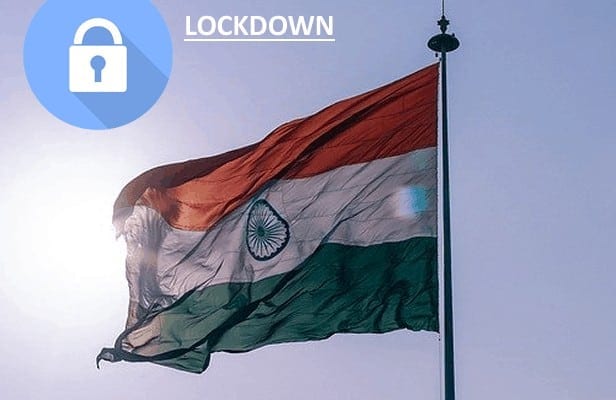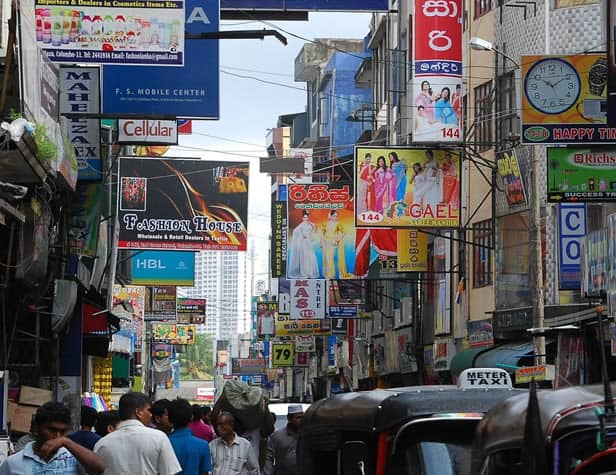Why India needs COVID-19 lockdown extension?

Last updated on February 9th, 2023 at 12:56 pm
India’s 1.3 billion population is under 21-day national lockdown since March 24 imposed by the government to contain the novel COVID-19 virus. With state government and experts have been urging Prime Minister Narendra Modi on extending the curfew which ends on April 14, India certainly cannot afford to lift its lockdown at present. Even after taking adequate precautionary measures, the country is seeing a continuous rise in the number of COVID-19 cases.
As per medical experts, India is doing exceedingly well in containing the virus to certain districts of the country. At an early stage of the infection, it is significantly important for India to continue with the lockdown because even temporarily ending the curfew could put thousands of lives at risk of a new wave of transmission.
According to the data released by the government, more than 80 percent of the COVID-19 positive cases are concentrated to at least 250 districts out of the 700 districts (approximately) in Indian states of Maharashtra, Tamil Nadu, Kerala and Telangana, and the national capital. Delhi and Uttar Pradesh have already put multiple districts (potential hotspots in complete shutdown, ensuring the supply of essential commodities by the state government itself. The stern measures of lockdown and social distancing practice has largely contained the virus to concentrated districts.
Read: Centre orders immediate release of IT refunds up to Rs 5 lakh
The need of the hour calls for the medical experts to speed up COVID-19 testing. According to data released by ICMR, around 1,60,000 tests have been conducted by India (as of April 9) out of whom around 6,400 have been tested positive. Amid the health crisis, doctors and other medical workers are at the forefront in treating the infected patients. To protect its medical force, the health ministry informed that the government has also ordered 1.7 crore PPEs (personal protection equipment)and 50,000 ventilators.Additionally, the Centre has planned a five-year COVID-19 emergency package which will be made available in three phases.
India must lift the lockdown where it is ready with a staggered exit strategy to combat a prospective new phase of the infection transmission. Experts have suggested for easing up the lockdown gradually with continued curfew in hotspots. Bhilwara model has emerged as success in containing the virus with stricter curfew measure and sanitization of the entire city of Rajasthan. Meanwhile, Odisha and Punjab have already extended the lockdown in the states till April 30 to stem the virus.
However, an important point to note here is that with 1.3 billion under quarantine, the third-largest economy in Asia is facing a major crisis. From migrant workers returning to their homes to people losing their jobs and livelihood, the clampdown has had deeper ramifications on the daily living of two-third of the Indian population. Centre is required to strategise a plan to help the most-affected sections of society in the aftermath of the lockdown.
On April 10, the infected cases in India crossed 6,700 with over 200 deaths from the virus.



